Yes, Canadians really do have a lot of poutine, even at some fast-food restaurants. And considering poutine consists of french fries that are laden with cheese curds and gravy, the real question is: why it’s not a wildly popular dish throughout every other nation on earth? And yes, maple syrup, butter tarts, ketchup chips, and meat pies are popular in the Great White North as well. But a few of the foods you might think of as Canadian originals are either not Canadian at all, are mislabeled and misunderstood, or are so rarely consumed in Canada that they are effectively absent from the national cuisine.
So the next time you head to Montreal, Vancouver, Edmonton, or beyond, don’t waste too much time looking for these foods, because the locals either won’t know what you’re asking about or won’t have the foods on hand anyway.
Here are 6 foods you may think of as Canadian, but that Canadians don’t.


Alright, to be clear, Canadians do eat the food known to the rest of the world as Canadian bacon, but in Canada, it’s never referred to by that name. That would be much the same as pointlessly adding the word “American” before a common food, like “American fried chicken.” In Canada, it’s usually called back bacon or peameal bacon, the latter name coming from the yellow peas that were traditionally dried, ground, and used to coat the meat to preserve it. Unlike the fatty, smoked, and often crispy bacon usually found Stateside, Canada’s back bacon is more like a piece of lean ham that’s been cured and then cooked.
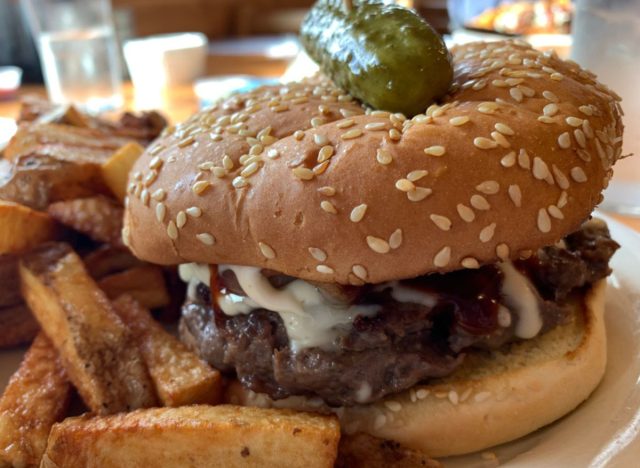

Yes, some people in Canada do eat moose meat, but it’s hardly a common entree for most people in most parts of the vast country. One Canadian sharing thoughts in a Reddit thread on Canadian food said: “The only time anyone I know has ever eaten moose is when they hunted it themselves. And I only know like two people who hunt.”
READ RELATED: Rachael Attard: Personal trainer shares what to ditch from your diet to reduce cellulite
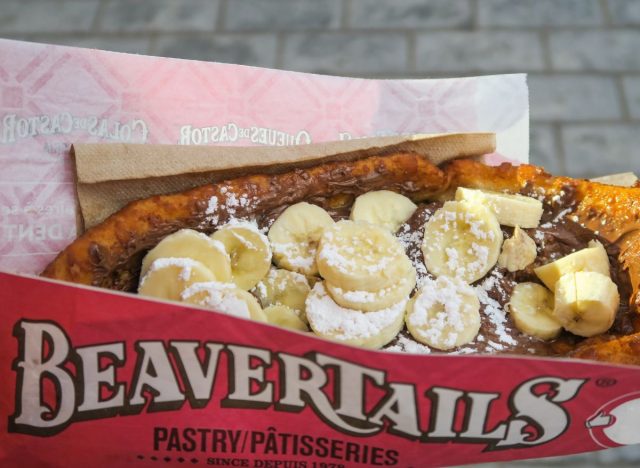

Canadians do not eat beaver tails, contrary to common misconception—not the flat, wide tail of the dam-building mammal, that is. What Canadians do thoroughly enjoy is a pasty that rather resembles the beaver’s tail in looks and tastes rather like a doughnut. That Canadian treat can be traced back as far as the 1800s, says Culture Trip.
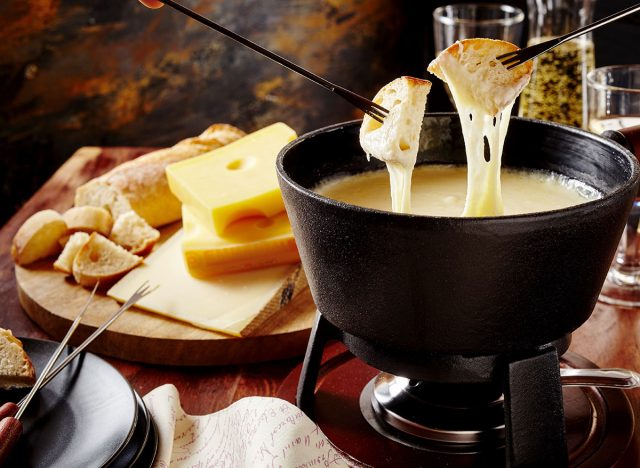

In parts of French Canada, mainly in big cities like Montreal and Quebec, you’ll find a fondue restaurant or two, mostly located in tourist-heavy areas. But fondue is hardly a national dish of Canada—it’s Swiss, of course—and is little consumed by most Canadians. Though, to be fair, fondue is little consumed in America, either, having seen a surge in popularity in the 60s and 70s before falling from favor again.

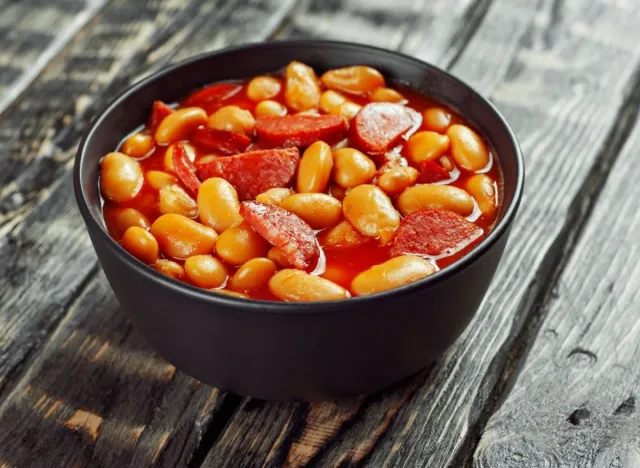
Fèves au lard, also called haricots au lard, is a bean dish that’s eaten in Quebec. The baked beans dish with bacon and maple syrup is not widely popular beyond. In many ways, Canada is like two nations, French Canada and the English-speaking rest of it. That said, perhaps the dish deserves broader appeal because it sounds amazing.
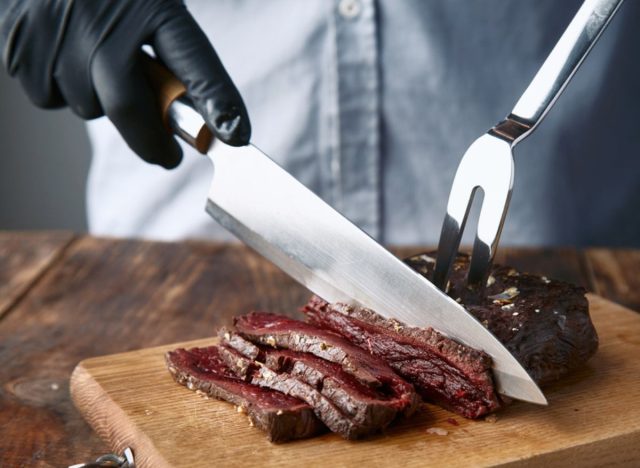

Outside of indigenous communities living largely in the northern reaches of Canada, you’re not going to find people eating whales in Canada. For some Inuit communities, meat from whales such as belugas or bowheads makes up a crucial part of the diet, especially in more isolated areas, but for most Canadians, seafood means fish and lobsters and the like.
Steven John
Source:









